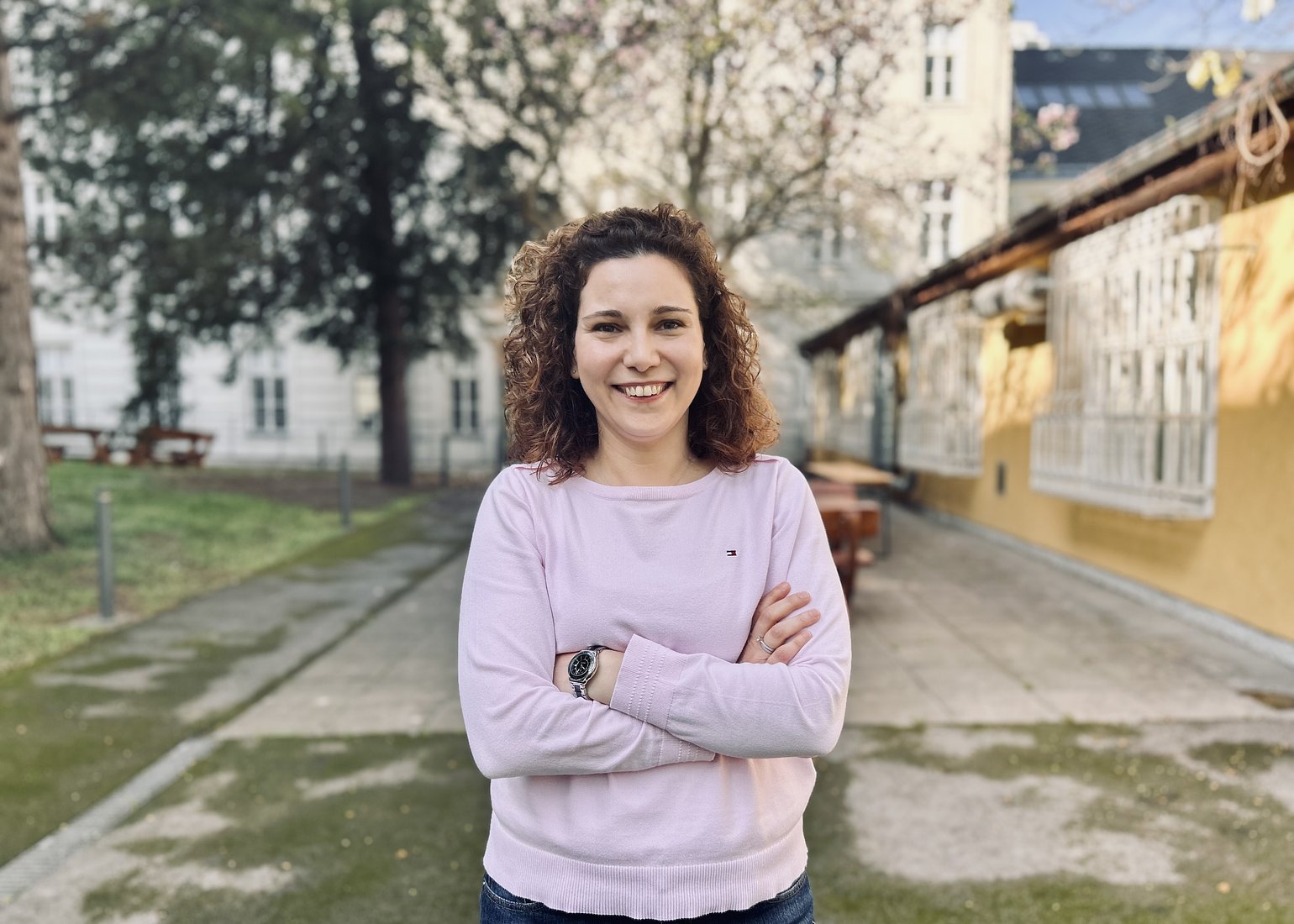#5QW: Maria Christakis
Software is key. And Maria likes to find out what’s wrong with it. The ERC grant winner sets new standards for reliable software.

How would you describe your work in 90 seconds?
I develop tools and techniques that aim to automatically identify bugs in software or prove their absence. At the same time, my goal is to make software engineers more productive when using my tools, for instance, by detecting bugs early in their development cycle, indicating to them the cause of erroneous software behavior, or helping them avoid similar issues in the future. In general, I am interested in targeting different kinds of software where bugs could have serious consequences. For example, it could be catastrophic if a self-driving car would identify a stop sign as a speed-limit sign, if a bank would unfairly deny loans to certain people, if a drone would crash into obstacles, or if crypto-assets would be transferred to a different owner without permission. Recently, I have also been working on finding bugs in tools that find bugs, so I am trying to guard the guards themselves. As an example, consider that the flight controller of an airplane has been proved correct by a tool that contains bugs – as a result of these bugs, the proof might be wrong, and the flight controller might actually not work as expected. My work helps prevent such cases.
How did you get in touch with informatics?
I studied Electrical and Computer Engineering at the National Technical University of Athens in Greece. They offer a 5-year Bachelor’s and Master’s program, and after the first 2.5 years, students get to pick a specialization in Energy, Telecommunications, Electronics, or Informatics. I chose to study there to later specialize in Energy and help come up with alternative energy sources. But during the first two years, I realized that I am passionate about Computer Science more than any other subject even if I had never written or even seen a computer program before university.
Where do you see the connection between your research and every-day life?
Software is a key innovation driver in our society. It is increasingly integrated in every-day life and even assisting in various tasks, such as decision making in banking or health care. My research helps make software more reliable, fair, and secure, therefore directly affecting the people using it and improving their quality of life.
What makes you happy in your work?
Two aspects. The first is gaining understanding beyond what we already know, for instance by simply understanding why a certain solution cannot solve a problem at hand, or in the best case, by finding a new solution. The second aspect is teaching and mentoring students. It is very rewarding to motivate young computer scientists and instill in them the passion and curiosity that I have in my work.
Why do you think there are still so few women in computer science?
For undergraduate studies, I think the main reason is that we don’t do a great job in explaining to girls what it means to be a computer scientist. There are so many exciting and fun directions to pursue, ranging from automatically analyzing program correctness, over building robots that do medicine, to teaching children how to interact with computers. Not only do girls lack this overview, but they also don’t often get to see women in such jobs, which makes it a vicious cycle. Later on, in academia, I think the main reason is how long it takes to settle down and be promoted to a tenured position, which hinders family planning.
Maria Christakis is Professor of Software Engineering at TU Wien Informatics and Head of the Software Engineering Research Unit. Find out more about her latest research.
Maria Christakis will hold a joint Inaugural Lecture on May 23, 2023; 17:00 CEST at Informatik Hörsaal together with Katja Hose, Henderik Proper, and Thomas Lukasiewicz. Stay tuned for more infos!
Discover the whole #5QW series.
Curious about our other news? Subscribe to our news feed, calendar, or newsletter, or follow us on social media.
